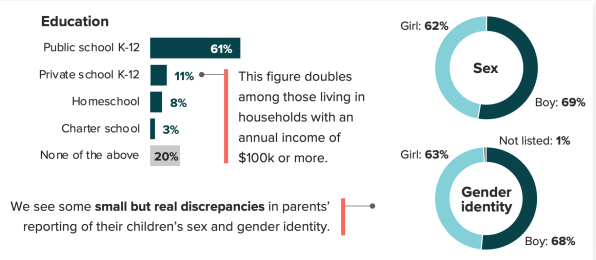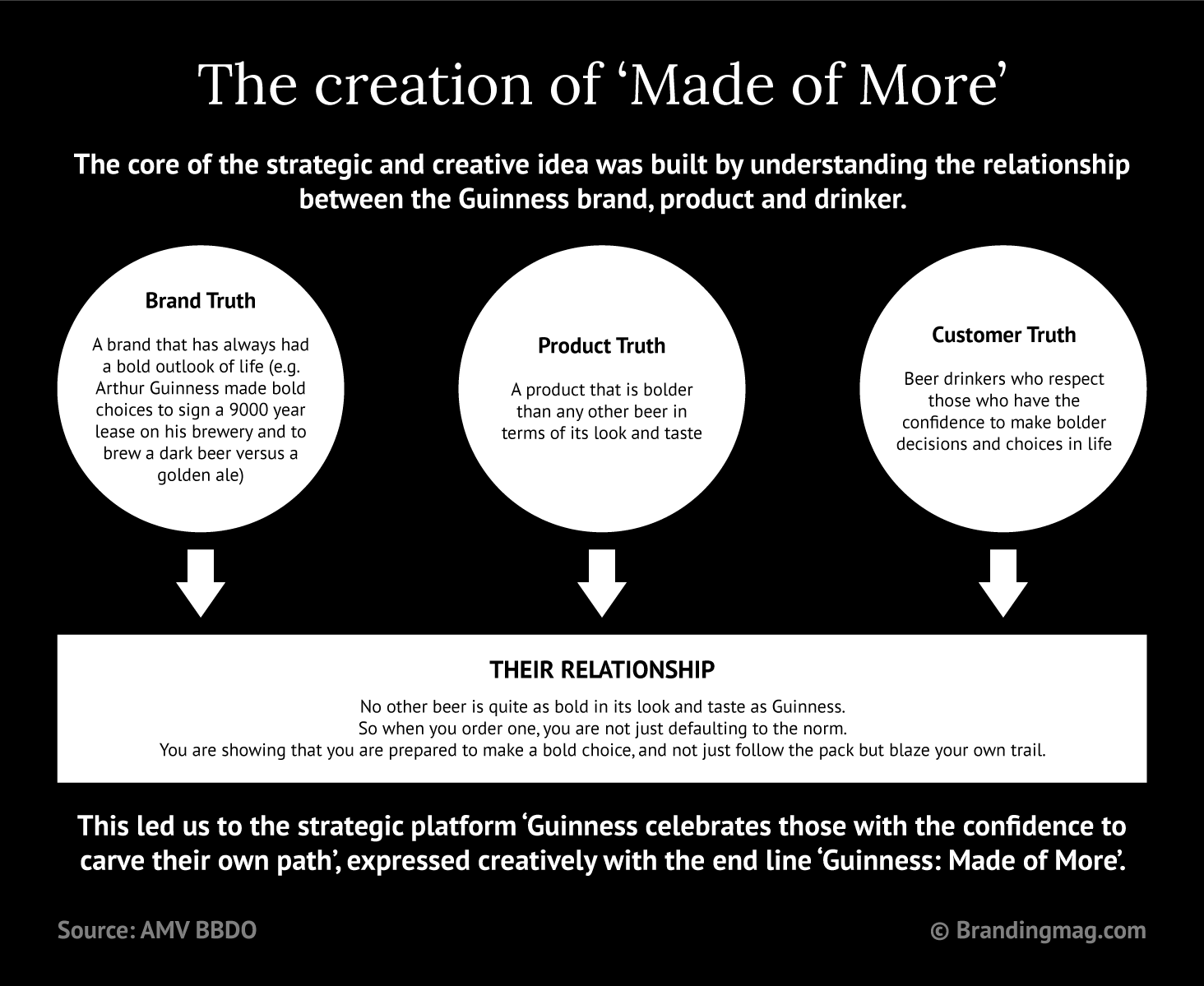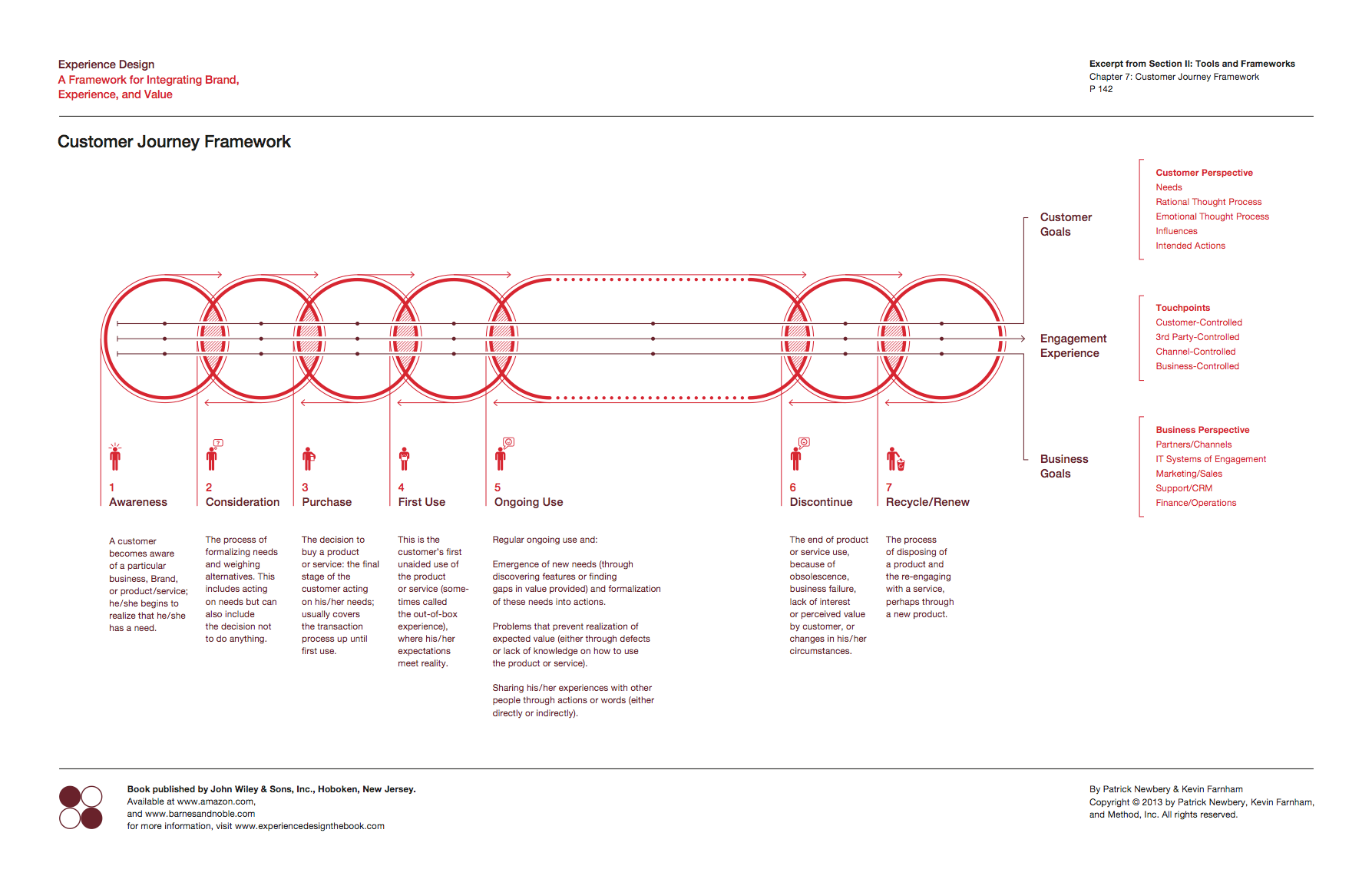With the launch of GA4, Google has put in place its biggest change to analytics in the company’s 21-year history. The new system unifies the measurement of apps and websites and is intended to provide marketers with a far more detailed understanding of their campaigns.

Fifty-five London waxes lyrical on the potential of GA4.
As it is set to replace the older version of Google Analytics, digital marketers should develop a plan now for fully implementing it. Here are six things you need to know about the new system.
1. It is built for the mobile-first era
Google Analytics has been around for 21 years and was built with desktop websites in mind. But in today’s mobile-first environment, the insights we need are different. Apps have been the catalyst to transform how we consume information on mobile by providing brands with controlled content environments. GA4 combines data from the two sources into a single suite. Although this was possible before, GA4 has introduced a new framework to make this far more practical and intuitive. This enables us to glean richer insights with customers behaving very differently across apps and websites.
2. It’s not just about app and web measurement
Google’s new platform was initially named App+Web. However, the new system isn’t just about analysing data from mobile apps and websites in one screen. GA4 will become the new version of Google Analytics. However the new product has different and more advanced capabilities than Universal Analytics. It uses machine learning based automated insights, new report types and improved data sampling behaviour to provide actionable insights. This will enable practitioners to develop more sophisticated and personalised customer experiences and journeys. This will also apply even if they are just focusing on website data.
3. Events are the new building block
The old product was based on the idea that people have ‘sessions’ and ‘page views’. This was behaviour compatible with a web and content-focused approach. GA4 takes a radically different approach, looking at user behaviour through a different lens. It replaces page views and sessions with a building block called an ‘event’. This could refer to a variety of different behaviours. It could still be a ‘page view’ to understand how people consume content. However it could also be people completing a specific series of actions, like a funnel. Therefore, it is more suited to the way modern brands want to engage with their customers. It represents a fundamental change in the framework of how we measure people doing things.
4. It enables more advanced personalisation
The platform can be coupled with other Google products including the Google Marketing Platform, Google Ads and its personalisation platform – Google Optimize. This will enable marketers to glean new machine learning led insights about individual behaviour. Currently, Google Analytics based audiences in Optimize take several minutes to be processed and calculated. The new data model enables this in a matter of seconds. Additionally previously challenging analyses, for example segment overlaps or user journey pathing, can now be built in a matter of minutes thanks to the new Analysis section of the platform. GA4 also means better calculation of audiences and the ability to serve ads to these audiences at a cross-device and cross-platform (web & app) setting. This is of course provided that the advertisers have the required consent on multiple devices.
5. Don’t delete your old analytics yet…
Despite its potential, it is important to work with the right experts to unlock the system’s potential. Part of this is setting up the right parameters. Like with any new system, upgrades are occurring each quarter which are then being refined and improved as result of user feedback. It is critical to manage expectations as to what can be achieved. Although GA4 is a massive step in the right direction, there are some features missing that exist in Universal Analytics. This includes important marketing analytics functions such as multi-channel funnels and data-driven attribution. Therefore you should retain access to the old Universal Analytics and GA4. This will be crucial for year on year reports for a holiday season comparison for example.
6. It presents an improved suite of privacy & consent options
There have been significant changes to privacy regulations and more importantly, the public’s awareness of how their data is used, since the inception of Google Analytics 21 ago. Google is working on a new suite of features to ensure compliance with modern privacy regulations that will be applicable to GA4. This ranges from region-specific audience personalisation settings to their new Consent Mode product. We can expect GA4 to receive continuous improvements on this front.
By engaging with the platform now, digital marketers can get a head start on competitors by truly realising its potential. With GA4 set to become the mainstream Google Analytics platform in 2021 there is no time to waste.
By Can Ozcer
Can Ozcer, head of analytics and insight, UK at Fifty-five London.













